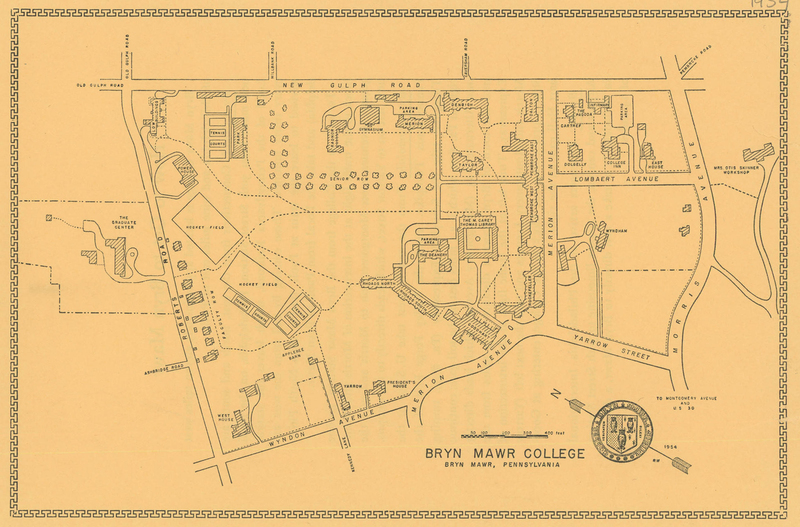1931 Map
Consider travel in 1931 for white and Black students. What would it be like to travel to another state, without airplanes, without highways, and without detailed geographic maps? What would it be like to travel some hundreds of miles on a train--and what would it be like if it was a segregated train? In a word, travel to the 1924 conference was difficult--particularly so for the Black students suffering under segregation.
The experience would have been different for each group; students from nine institutions (including Bryn Mawr itself) traveled anywhere between one mile to one hundred and thirty-seven miles. Directions to the 1931 conference, including train routes, were provided to some attendees by conference organizers. The map below displays the institutions whose students attended the 1931 conference, and the distance between the institutions and the destination of Bryn Mawr. The map aims to illustrate the vast space that some students traveled in order to arrive at the conversation and to offer details on potential routes. Routes and accommodations are based on a rudimentary knowledge of train stations, rail lines, and hotels that are thought to have existed at the time. Therefore, the map is largely a hypothetical work. For more detail about travel and accommodations a century ago, please view the Maps & Travel exhibit.
Instructions
The map opens to a view of Bryn Mawr. In order to toggle between the layers of the map (see below), select the menu icon at the upper left corner of the map. Each layer can be toggled on and off.
- The first layer, “Travel in 1931” represents an example of a route that an attendee (in this case, W.E.B. Du Bois) might have taken. Because knowledge of contemporary roads, train stations, and train lines is limited and the scope of this project is narrow, only one route is represented in detail.
- To identify the nine institutions, the map also displays their initial in the “1931 Participating Institutions” layer, and a demarcation of their campuses (borders based on modern campus maps) in the “1931 Institution Campuses” layer. These details are added in order to emphasize the real, tangible places that participants came from.
- All other distances aside from the complex route are represented as direct “as the crow flies” routes, under the “1931 Direct Routes” layer. To observe the exact distance and a list of students who made that journey, select the route from the menu, or select the route directly from the map. The width of each direct route signifies the number of students who attended from that institution.
- Finally, the map includes a collection of Philadelphia hotels listed in Hackley & Harrison's hotel and apartment guide for colored travelers, a guide to businesses where travelers of color were welcome.

